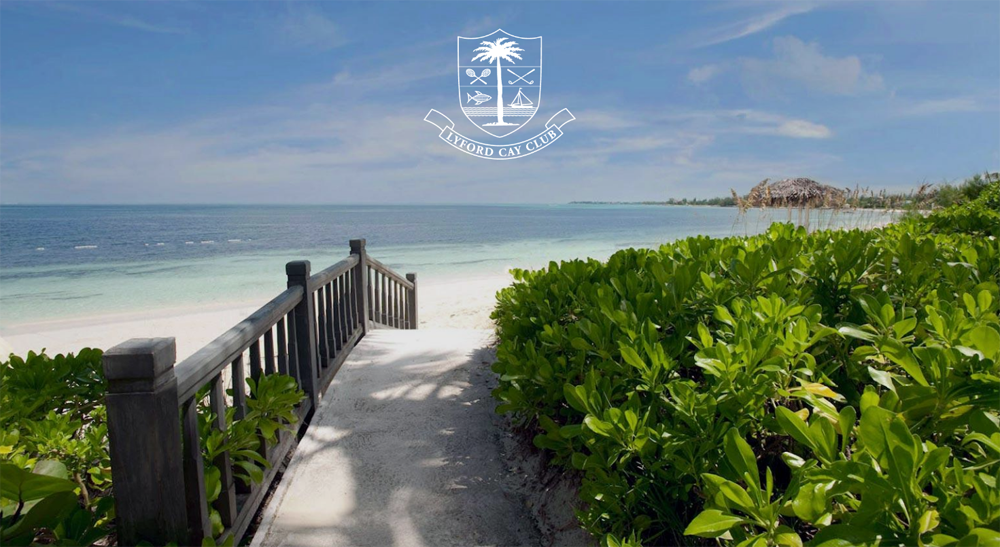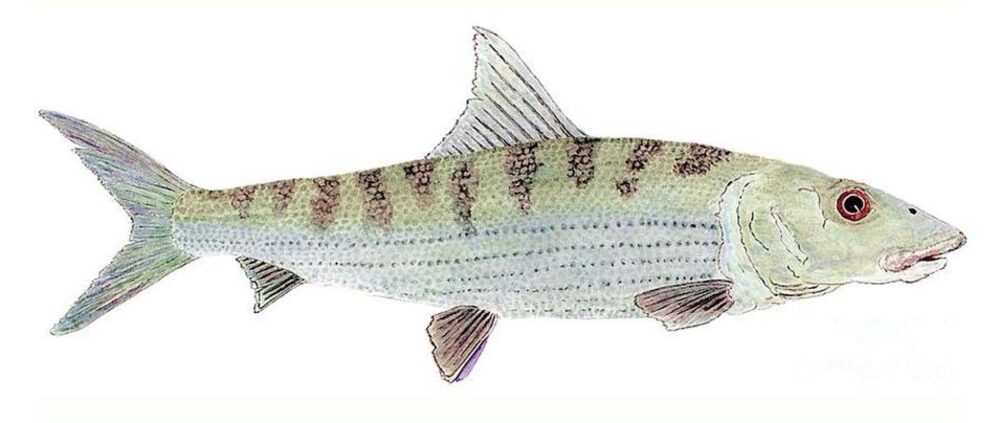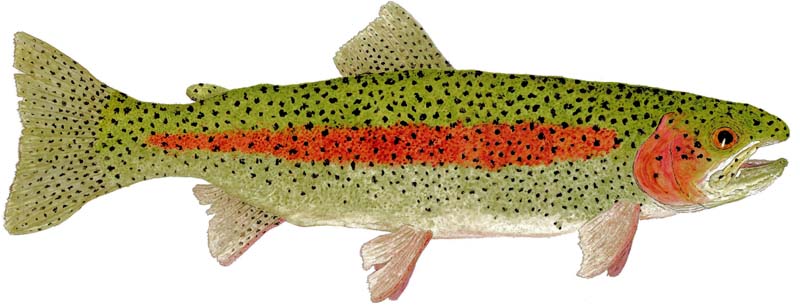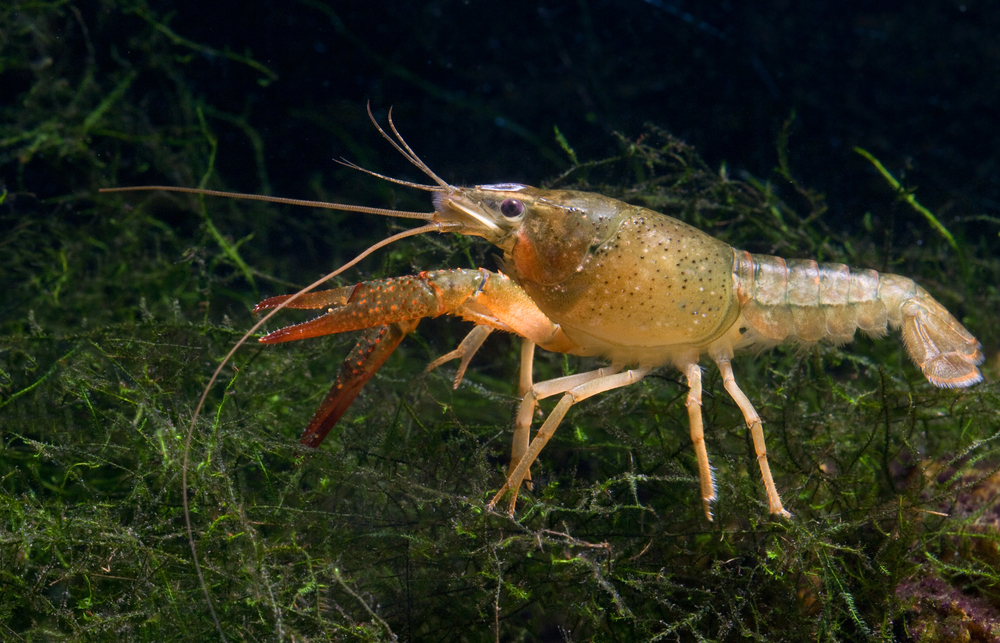
Sean Connery first came to Lyford Cay to film Thunderball in 1964 and was a member of the Lyford Cay community. Website photo.
Shrimp, crabs, and crayfish

Skip Clement, New Zealand.
By Skip Clement
Karl Cadieux, a French Basque Nationalist, and fellow personnes agées as he calls us (seriously old), met at the Brits version of the more famous New York original The Explorers Club. It was at the new member annual meet-and-greet cocktail and sit-down extravaganza held each spring at the Lyford Cay Club, New Providence, The Bahamas. There, Karl and I learned of our shared affection for trouts and salmons and tying together feathers of interest to them.
Cadieux believed every game fish we pursued on saltwater flats, or freshwater would react much more favorably and year-round to high protein shrimp, crabs, and crayfish offerings—the former in the salt and the latter in non-saline.
‘No need for imitating bait fish or bugs,’ he said
Serendipitously, Karl accepted without objection the advantages of tube flies in the shapes of shrimp, crabs, and crayfish after I showed the impressive variety of offerings of tied-on tubes. And most impressive, including an introduction to Ruben Martin‘s vast collection of tied flies.
Karl was impressed with size and color variations, and the most alluring to him was any hook at any time because of that advantage. A fly could survive the assault without loss of use.

A regular Bahamas ‘homey’ and crab for an ‘afternoon delight.’ Albula Vulpes. Bonefish illustration by Thom Glace.
Shrimp, crab, worms, and crayfish tube flies save a considerable expense (materials) and time invested in tying the same
Crayfish are night hunters. In their juvenile form, they eat approximately 5% of their body weight daily and have to get into a new exoskeleton more often in the first two years, making them much more vulnerable several times a year than later in life.

Thom Glace watercolor illustration of a Yellow Breeches Rainbow – a known killer of crayfish. Visit award winning water colorist’s website.
Note: Crayfish are any of numerous crustaceans (order Decapoda, phylum Arthropoda) constituting the families Astacidae (Northern Hemisphere), Parastacidae, and Austroastracidae (Southern Hemisphere). They are closely related to the lobster. Over half of the more than 500 species occur in North America. Nearly all live in freshwater, although a few species occur in brackish or saltwater.
Note:
Shrimp are decapods with more than 8,000 species of crustaceans (phylum Arthropoda) that include shrimp, lobsters, crayfish, hermit crabs, and crabs. The presence of five pairs of thoracic legs (pereiopods) is the basis for the name decapod (from the Greek meaning ’10 legs’).
Note: Crabs are decapod crustaceans, which typically have a very short projecting “tail” (abdomen), usually hidden entirely under the thorax (Brachyura means “short tail” in Greek). They live in all the world’s oceans, in freshwater, and on land, are generally covered with a thick exoskeleton, and have a single pair of pincers. They first appeared during the Jurassic Period.
Source: Info for shrimp, crabs, crayfish Wikipedia and Britannica.
Recipe for tying the Tubo Classic: 3,2 mm Hilo UTC 70 Collar trasero de pluma de gallina oliva Cuerpo de conejo y brillo en dubbing blend oliva. Ojos tipo Dumbell Eyes yellow and black pupil. Claws and legs, Sexi Flexi Legs oliva.’


